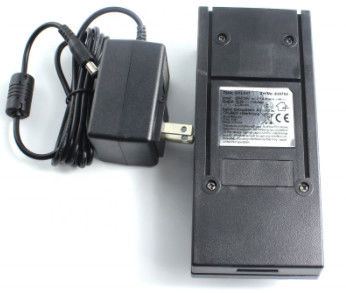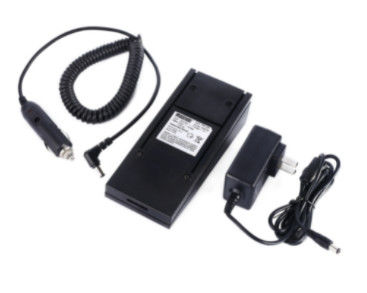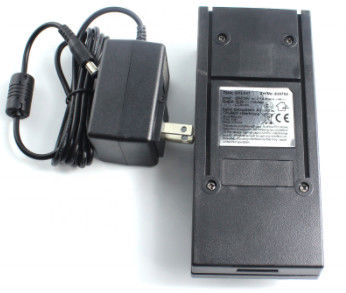-
Surveying Reflector Prism
-
Survey Mini Prism
-
360 Degree Prism
-
Total Station Prism
-
Prism Pole Bipod
-
Carbon Fibre Telescopic Pole
-
Telescopic Levelling Staff
-
Tribrach Adaptor
-
Instrument Tripods
-
Total Station Batteries
-
Total Station Battery Charger
-
Total Station Cable
-
Total Station Accessories
-
Surveying Instrument
GKL221 Total Station Battery Charger GEB241 Survey Instrument Accessory

Contact me for free samples and coupons.
WhatsApp:0086 18588475571
Wechat: 0086 18588475571
Skype: sales10@aixton.com
If you have any concern, we provide 24-hour online help.
x| Model | GKL221 | Color | Black |
|---|---|---|---|
| Batteries | Leica GEB241 GEB242 | Weight | 520g |
| Type | Electric | Warranty | 1 Year |
| Certificate | CE | Condition | New |
| Charger Adapter | US/EU/UK/AU/PLUG Adapter | Input | 20V/24V-1A MAX |
| Output | 18.5A-1A MAX | Used For | Total Station |
| Highlight | GKL221 Total Station Battery Charger,GEB241 Total Station Battery Charger,GEB241 |
||
Survey Instrument Accessory Leica GKL221 Battery Charger for Leica Total Station Battery GEB241 GEB242
Model: GKL221
Specifications:
| Model | GKL221 |
| Color | Black |
| Batteries | Leica GEB241 GEB242 |
| Input | 20V/24V-1A MAX |
| Output | 18.5A-1A MAX |
| Charger Adapter: | US/EU/UK/AU/PLUG adapter |
| Used For | Total Station |
| Weight | 520g |
| Type | Electric |
| Certificate | CE RoHS |
| Warranty | 1 year |
| Package | OPP+bubble bagouter packing |
Features:
1. Used For Leica Total Station Battery GEB241 GEB242
2. Brand new and with high quality
3. Abundant Stock
4. With high quality power, long life, reliable and long working hours
5. With PTC protection device, prevents overcharging, discharging, short circuit, and overheating.
Charging the batteries
New and stored batteries
New NiCd and NiMH batteries reach their maximum capacity only after a few charging and discharging cycles. The batteries should be fully discharged and charged three to five times. NiMH batteries that have been stored and not used for an extended period (more than a month) should be refreshed simularly. For Li-Ion batteries, a single discharging and charging cycle is sufficient. The easiest way to perform this cycling is by using the GKL221 Charging Station which has a discharge function. Alternatively, the batteries can be charged and then placed in the related survey equipment during normal use and discharged until the equipment switches off.
Batteries in regular use
After use the battery can be placed in the charger until fully charged (the green light flashes). The charging time depends on the battery capacity and temperature.
Charging temperature
The charging temperature (ambient temperature) has a significant impact on the life of the batteries. Charging at high temperature can cause loss of capacity. These losses in capacity are irreversible. Even with several charging and discharging cycles, the original capacity can no longer be obtained. For optimal charging, we recommend that the batteries be charged at ambient temperatures as low as possible (+10 °C to +20 °C / +50 °F to +68 °F). The permitted temperature range in which charging can still be performed is between 0 °C and +35 °C (+32 °F and +95 °F). Due to a temperature control mode built into the GKL221, GKL211 and GKL112, charging at temperatures that may cause damage to the batteries is not possible.
![]()
![]()
![]()
![]()











